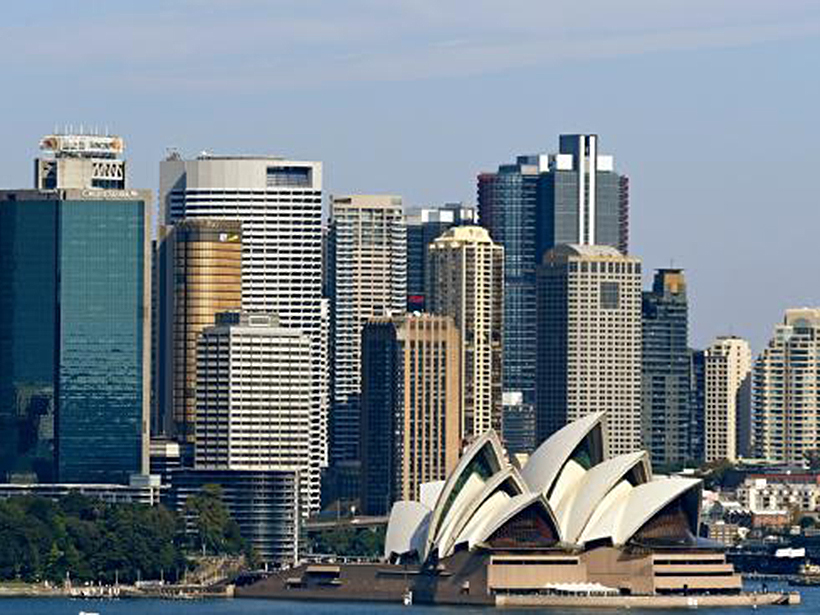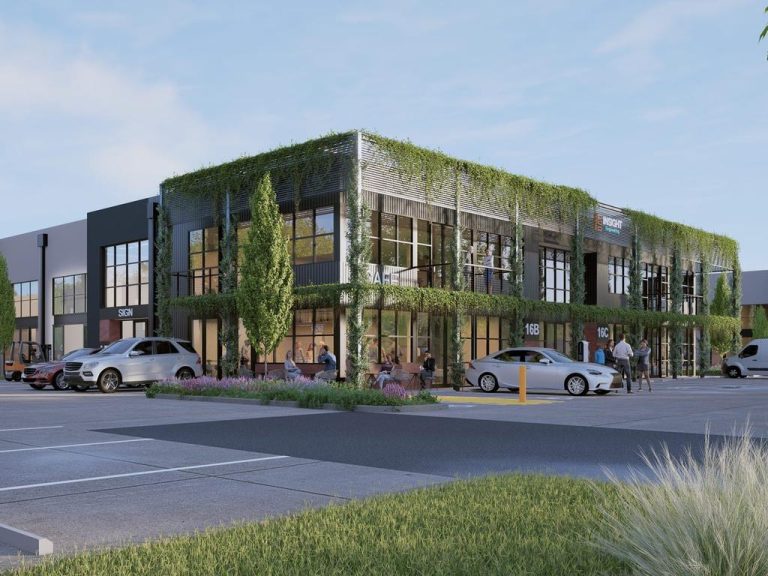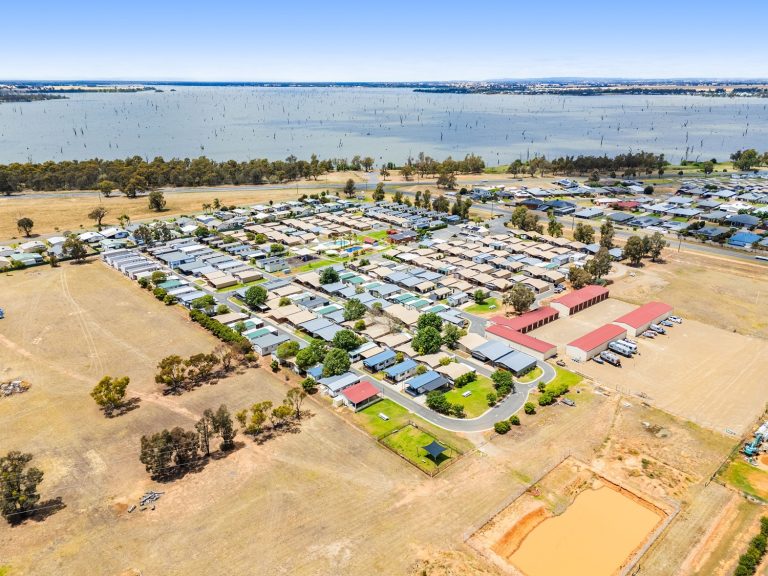Sydney, Melbourne fringe rents hit prime time

Rents on office space in Sydney and Melbourne are soaring with fringe markets lifting in popularity, according to real estate agency Colliers International.
Sydney’s CBD fringe area was the fastest growing market in the country, with effective rents jumping by 30.7 per cent in the year to March 2017, while Melbourne’s city fringe lifted by 22.7% over the period.
Colliers International’s national director for research, Anneke Thompson, says the two major cities are moving faster than other capital cities, with inner-metro markets showing the best growth.
“For some years now, the CBD office markets of Sydney and Melbourne have been diverging from the rest of country, creating an unprecedented effective rental growth story in both markets,” she says.
Commercial Insights: Subscribe to receive the latest news and updates
She says younger Gen Y staff are steering clear of CBD space that does not offer the aesthetic fitout options they require.
In the 12 months to April 2017, 362 deals were concluded for 248,738sqm of metro office space across Australia.
Colliers International’s managing director for office leasing, Simon Hunt, says Sydney and Melbourne city fringe markets have seen significant stock withdrawn over the past few years, as residential developments offer higher returns for developers.
The challenge for landlords is to find the space to get deals done in the current supply climate
“The rents now on offer in these city-fringe markets mean that owners are more encouraged to retain buildings, which had previously been earmarked for residential conversion, for office use,” he says.
Sydney was seeing $650 per sqm in average net face rents, while Melbourne was seeing $400 per sqm. Colliers said Parramatta offered some of the lowest incentives in Australia, at an average of 15% for A-grade office space.
“The challenge for landlords is to find the space to get deals done in the current supply climate,” Hunt says.
Thompson says some of the strongest rental growth in the country has occurred in markets where vacancy rates have increased.
“This is an unusual paradox of metro office markets, where the smaller nature of the markets means that face rents and incentives factors in future supply constraints to a far greater extent than CBD markets,” she says.
Brisbane’s fringe markets saw healthy rental growth levels, with effective rents growing by double figure percentages in Milton, Toowong and Spring Hill. Metro markets in Adelaide and Perth remain challenged, as subdued tenant demand hits these markets.
This article originally appeared on www.theaustralian.com.au/property.







